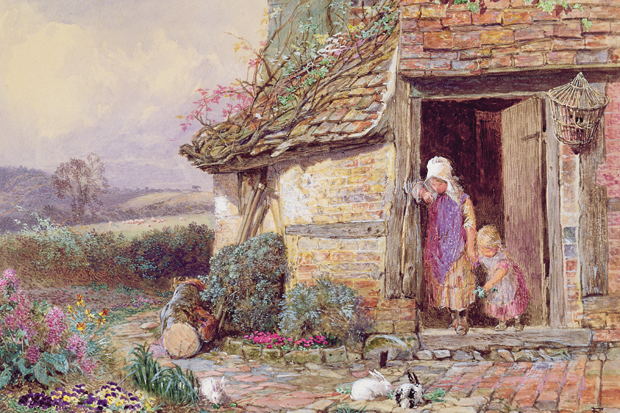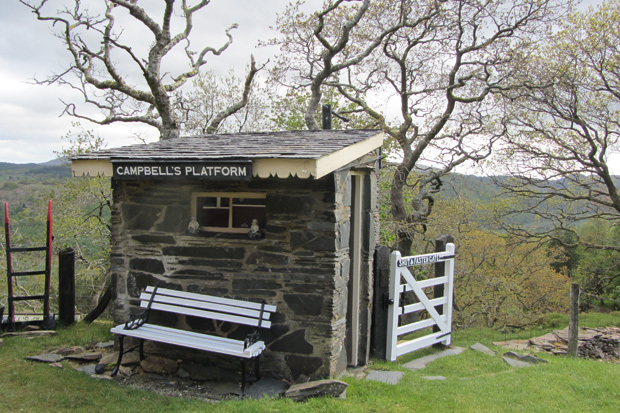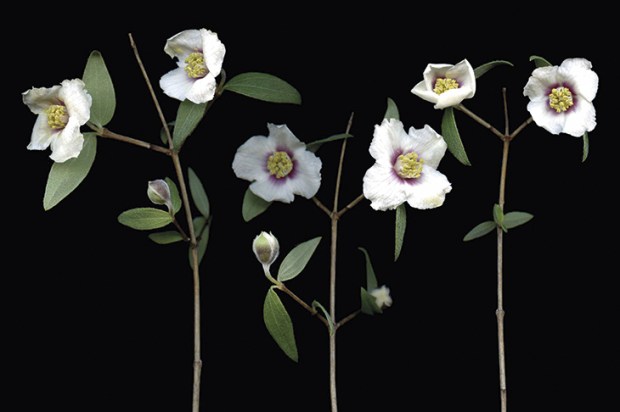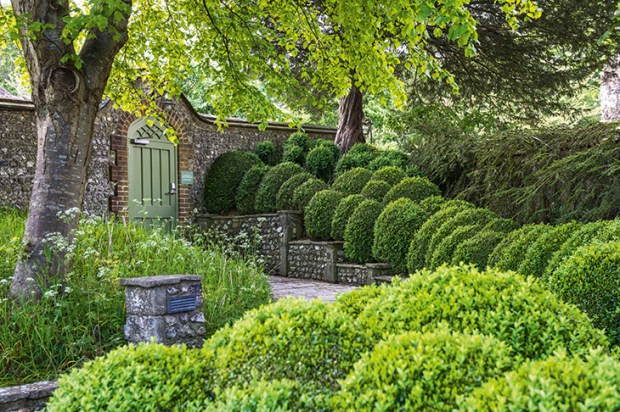The vast majority of books written about British gardens and their histories are concerned with large ones, made and maintained, sometimes over several centuries, by people with money. ’Twas ever thus. In this country, recognisable gardens began in monasteries, as well as the surroundings of palaces and noblemen’s houses, and it is only in the last couple of centuries that the middle classes have got into the act. As for the poor and dispossessed, theirs has been a very different story, too rarely told.
Which is why Margaret Willes’s The Gardens of the British Working Class is so welcome, since the author brings together much scattered and hard-to-find information on, for example, the history of allotments, the 17th-century ‘florists’ and 19th-century flower shows, and weaves it into a narrative with a compelling underlying theme: namely that being poor and disadvantaged has never meant that you could not recognise beauty when you saw it. Over and over again, as the author proves, if you had no garden, you made one in a pot or a window-box.
Willes piles up example after example of how the working classes, especially of industrialised towns, went to quite enormous lengths to cultivate flowers and vegetables, and to bring life and colour into their lives. Most touching is a passage from the autobiography of Walter Southgate, the East End socialist leader, born in 1890:
Every year Father planted a few geraniums and blue lobelia plants, but with the soot, lack of sun and cinder ash in the soil they lingered to a premature death. If a tuft of grass appeared in the crevices of stone and clinker Mother would tend it as if it were a lily, so divorced was she from the country scene.
This book requires one to face up to how very horrible the lives of the working classes were, both in country and town, before the last century. And yet, despite or because of that, how deep has always been the urge to create beauty and scent, mark the passing of the seasons, and show yourself better than your fellows — whether you were a 17th-century Huguenot handloom weaver with a potted auricula to tend in a barren backyard or a 19th-century Durham coal miner measuring the diameters of your ‘pot’ leeks in an effort to win a copper kettle at a local flower show.
The author marshals an immense amount of research sometimes chronologically, starting from about 1560, and sometimes thematically. This can be rather confusing, with allotments making an appearance in several chapters, but is not a problem if you don’t set the book aside too often.
There are, inter alia, chapters on medicinal gardening, professional gardening (did you know that Sir Joseph Paxton was the son of a farm labourer, or that, for centuries, employed women gardeners were only allowed to be poorly-paid ‘weeders’?), food gardening, to ward off real starvation, sources of information for the illiterate and literate, ending with contemporary community gardening. As an erstwhile professional gardener, I was fascinated and depressed to discover that gardeners have always been badly paid. In 1827, an unlettered bricklayer could earn twice as much as a literate under-gardener, knowledgeable in science and botany.
There is also a chapter given over to the very particular circumstances of wartime. This country was so lamentably unprepared for shortages at home during the first world war that the authorities learnt an important lesson for the second, by immediately encouraging the civilian population to grow their own fruit and vegetables. Unfortunately, Willes has not had access to very recent research, which reveals that, although palpably good for morale, the ‘Dig for Victory’ campaign was far less of a success than anticipated by those who instigated it. Nor does she know that the famous boot on the spade on all the posters was a put-up job.
Where she really scores in this book is in giving a voice — by quoting from diaries and other contemporary accounts — to an enormous class of disadvantaged gardeners, as well as describing the work of the many philanthropists engaged in trying to better their lot.
Interestingly, do-gooders appear to have had mixed motives, seeing gardens and green spaces as always a benefit to the working man, but also sometimes a way of weaning him off discontent and riot. Soon after the Russian Revolution, Neville Chamberlain wrote that ‘every spadeful of manure dug in, every fruit tree planted’ converted the potential revolutionary into a citizen.
It must be said that the narrative sometimes feels as airless as a handloom weaver’s workroom. A book written for a general readership benefits from more variety in tone and pace. Nevertheless, this is a welcome work of serious scholarship, which brings to the fore much that garden historians usually prefer to ignore.
Got something to add? Join the discussion and comment below.
Get 10 issues for just $10
Subscribe to The Spectator Australia today for the next 10 magazine issues, plus full online access, for just $10.
Available from the Spectator Bookshop, £20.00, Tel: 08430 600033
You might disagree with half of it, but you’ll enjoy reading all of it. Try your first month for free, then just $2 a week for the remainder of your first year.














Comments
Don't miss out
Join the conversation with other Spectator Australia readers. Subscribe to leave a comment.
SUBSCRIBEAlready a subscriber? Log in